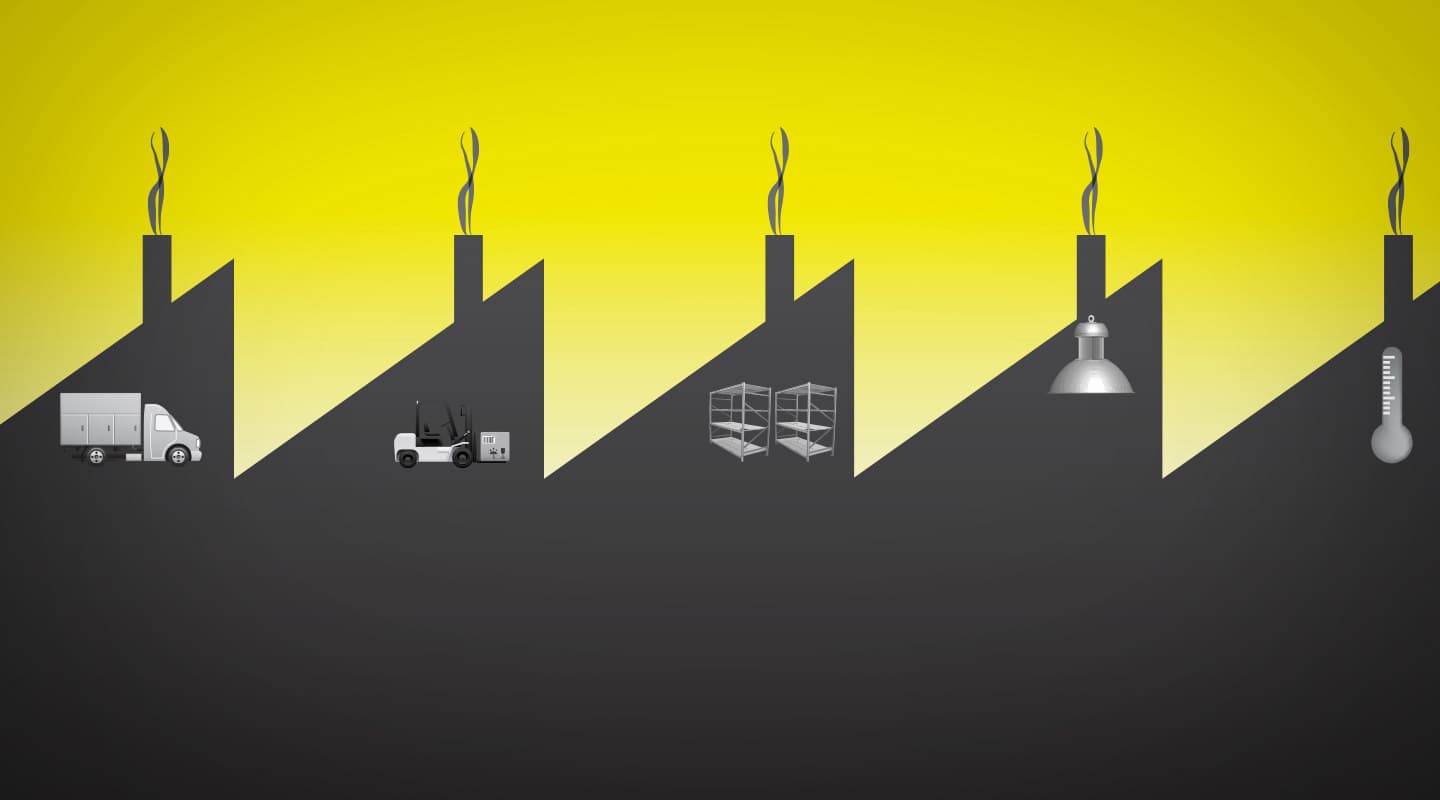
Add To Cart
Metcash – Australia’s biggest distributors to independent supermarkets – uses smart AV to ensure the prices are ‘down… down, down, prices are down…’
Text:/ Robert Clark
Remaining competitive as an independent business in the supermarket industry can’t be easy, especially considering it is dominated by a powerful, nationwide duopoly. For Metcash, a distributor for many smaller retailers including Independent Grocers Alliance (IGA), it is a daily battle to out-think and out-manoeuvre the ‘Big Two’. When the company decided that a high-capacity distribution centre was needed in Sydney’s west, it was evident early on that it had to achieve high productivity and efficiency targets to keep its clients’ costs down.
The General Manager of Operations (GMO) at the new Huntingwood facility contacted Simon Alder of Alder Consulting to provide AV solutions for the 80,000sqm building (that’s six football fields), and it was clear from the outset that efficiency was a major concern. Of the initial brief, Alder says, “although Metcash is a very big distributor and wholesaler, its stores are actually quite small. So it had to do it smarter and more efficiently than everyone else but didn’t quite know what that entailed.” The original tender Alder produced was for traditional AV services such as video-conferencing, but after learning of Crestron’s push into what it calls Integrated Building Technology, he decided to widen the scope of his submission. He did some research and returned to Metcash with the suggestion that it combine the control foundation of an AV system with the latest in energy-saving building management systems (BMS) from Crestron. With a cost-benefit analysis revealing that a fully-integrated system could provide significant savings, Metcash enthusiastically commissioned his services. “The GMO was quite receptive to the idea of power and energy management,” says Alder. “Metcash is on a 15-year lease, and after two or three years, once it gets its return on investment, there will be significant cost savings. Every dollar it’s able to save on energy means less it will have to spend. It can then pass on those savings to all the independent stores.”
GIVEN THE GREENLIGHT
The technology that caught Alder’s attention was Crestron’s Greenlight system, which sits above traditional BMS services to control all facets of a building’s AV and energy usage in real-time. At the user end of the tech is the Fusion software, which brings multiple systems – such as lighting, air-conditioning and security – under the one umbrella. Alder explains: “Traditionally you might have a light switch and a thermostat and a security log, those sorts of things, on the wall, but what Fusion does is allow you to combine them into a simple user interface (UI). All the initial systems still do their own things in the background and we’re not actually modifying what they do; all we’re doing is using their capabilities by calling up the presets, or their functionality, and tying it in with the other systems.”
A key example of this uniform integration is the innovative use of the building’s advanced Mobotix security cameras. It was discovered during installation that they could be linked directly to the BMS and provide accurate movement locations of forklifts and staff. This allowed the Fusion software to adjust the lighting system in real-time, based on activity on the ground. Alder explains they were not planning this approach from the outset: “Initially we were going to control the lighting with a beam catch – in much the same way as when you walk into a shop through the beam and a chime goes off. But then we’d just be limited to that beam, and when the shelves were getting stacked the beams would get knocked and out of alignment, so we were looking for a solution. Then we saw that the cameras were on every aisle, and could give us a detailed, per square-metre picture for the entire length of the aisle. So that gave us considerably more control and more flexibility, with the added advantage of the cameras being up out of the way.” The camera processing can also track the direction in which workers are travelling, which allows the software to progressively raise and dim the lights as they move.
Another important factor in minimising energy usage for Metcash was managing their array of over 80 forklift charging stations. In a normal setting this could present a significant and extended draw on power but through the Greenlight system Alder was able to link each station to the head-end control unit, giving the user the ability to restrict charging time to low-demand periods.
POWER SWITCH
Central to such accurate measurement and control of energy usage is the system’s Metering Control Unit (MCU). It has three-phase (plus neutral) voltage inputs connected to the facility’s breaker panel, which allows it to monitor both voltage and current. This information can be provided in real-time or logged power usage data to the Fusion software. With this information, the UI displays energy usage through charts and graphs that illustrate the building’s historical and real-time energy consumption. The MCU also has the ability to monitor consumption by area and/or any of the over 250 devices in the building via individual branch monitors, which link to it through current transformer interfaces. The MCU is also Ethernet-based and communicates to the Fusion UI through an automation control system linked via the LAN.
Key to the success of the system was the simplicity of its UI and the accuracy and accessibility of the information it could provide. Alder believes it compares very favourably with previous systems: “Before, if you had an air-conditioning system, for example, going at full blast for three months, you could see at the end of that period it used 20,000kWh, but it wasn’t necessarily clear what that meant in real terms. In these systems, however, you can see its usage in real time and associate it with a dollar value, and if you want, you can have on the screen ‘at 23° it’s going to cost you, say, $250/hr; jump down to 22° and it’s costing you $220/hr’. This control system will allow you to make all of these complex calculations in real time and give you the relevant information for the user. And even people who aren’t technically oriented can have a look at the data, and say ‘okay, well I don’t need to use this so we can turn it off, and we can save $15,000 a year’.”
“”
Key to the success of the system was the simplicity of its UI and the accuracy and accessibility of the information it could provide.

COMPETITIVE EDGE
Crestron ultimately presented an award to Simon Alder for his innovative use of its technology, but he believes it was just the right time and the right place for the technology to flourish. “It shows what can be done when you have a client who is really willing to do what they can to get ahead,” he says. “And what happens when you’ve got the support of a company who knows the product is new but is willing to really put in and assist in getting it off the ground. I think the more we start exploring the boundaries, the better the results, not only for our industry but for all the other industries.”
For Metcash, the benefit of a BMS that not only gives it powerful and accurate control over its facility but actively saves it money is that of a competitive edge in its industry. As Alder explains: “I think it shows that if we manage to use a great piece of technology to save hundreds of thousands of dollars for a wholesaler, then maybe down the line, that means the average family is saving a little bit of money when they go to the grocery store. So it’s quite nice to think about it that way.”
CONTACTS
Metcash: (02) 9751 8200 or www.metcash.com
Alder Consulting: (03) 9221 6185 or www.alderconsulting.com.au
Crestron: (02) 9647 1411 or www.crestron.com.au


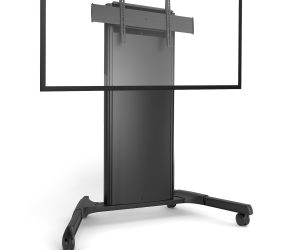

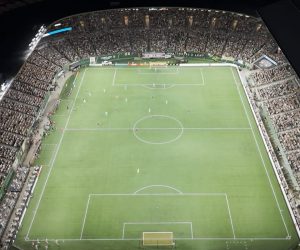
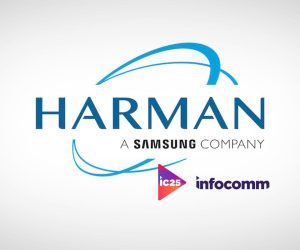

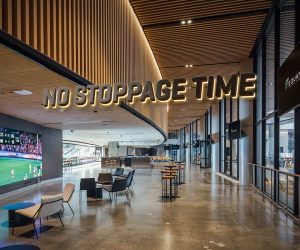
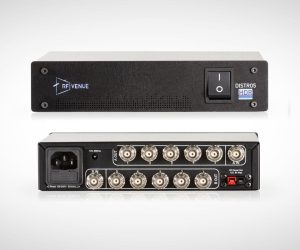
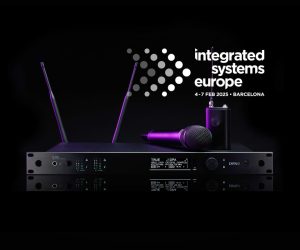
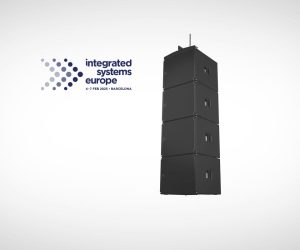
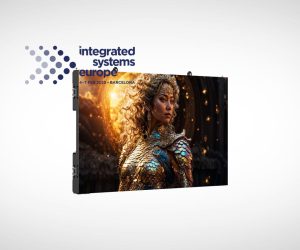


RESPONSES